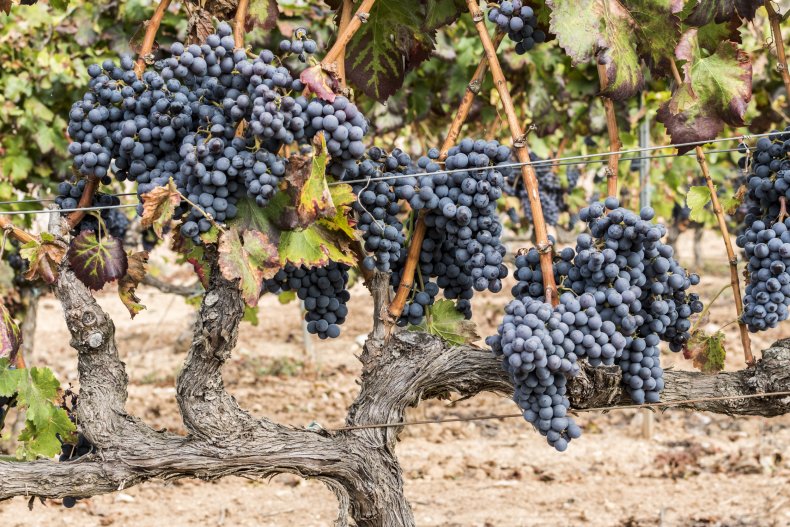
Grapes On NYE: A Sweet Tradition For Prosperity And Good Fortune Unraveled
Unlocking the Symbolism and Significance of Grapes on New Year’s Eve
As the clock ticks down to midnight on New Year’s Eve, millions of people around the world engage in a sweet tradition – eating 12 grapes. This symbolic act is believed to bring prosperity and good fortune for the upcoming year. But where does this tradition originate, and what does it truly represent?
Tracing the Roots of the Grape Tradition
The tradition of eating grapes on New Year’s Eve is traced back to Spain in the 19th century. According to legend, in 1909, a bumper harvest of grapes led to a surplus, and the government encouraged people to eat 12 grapes at midnight to help boost sales. The tradition quickly gained popularity, and it eventually spread to other countries in Europe and Latin America.
Unveiling the Symbolism of Grapes
The number 12 in the grape tradition holds significant symbolic value. It represents the 12 months of the year, and the eating of each grape is said to bring luck and prosperity for the corresponding month. Furthermore, the round shape of the grapes symbolizes wealth and wholeness.
Exploring Cultural Variations
While the core tradition of eating 12 grapes on New Year’s Eve remains consistent, certain cultural variations exist. In Spain, the grapes are typically eaten alongside a glass of sparkling wine or champagne, while in Mexico, they are often served with a side of honey or chocolate. Additionally, some cultures eat the grapes one by one, while others prefer to eat them all at once.
Scientific Perspective: Unraveling the Grape-Fortune Connection
From a scientific standpoint, there is no concrete evidence to suggest that eating grapes on New Year’s Eve brings good luck or prosperity. However, the act of participating in a shared tradition can foster a sense of optimism and hope, which may indirectly contribute to positive outcomes in the new year.
Beyond Tradition: The Broader Significance
The grape-eating tradition on New Year’s Eve transcends its symbolic significance. It serves as a reminder to reflect on the past year, set intentions for the future, and celebrate the possibilities that lie ahead. The act of consuming something sweet at midnight symbolizes a desire for a year filled with joy and abundance.
Navigating Different Perspectives
Some individuals question the validity of the grape tradition, arguing that it is a mere superstition. Others embrace it as a fun and meaningful way to welcome the new year. Ultimately, the value and significance of this tradition lie in the personal beliefs and experiences of those who partake in it.
Conclusion: A Sweet Legacy That Endures
The tradition of eating grapes on New Year’s Eve has evolved from a Spanish marketing strategy to a global symbol of prosperity and good fortune. While its origins and science may be debatable, the tradition continues to resonate with millions of people around the world who find joy, hope, and a sense of collective celebration in this sweet ritual.
As the clock strikes midnight this New Year’s Eve, whether you choose to eat grapes or not, may the tradition serve as a reminder to celebrate the year that has passed, welcome the one ahead with optimism, and embrace the timeless power of shared traditions.

You may also like
-
Penn State Gridiron Titans Unleash Devastating Blocks, Setting New Benchmarks In Physicality
-
Toast The New Year In Style: Unveil Houston's Alluring New Year's Eve Extravaganzas
-
Puerto Rico Rings In New Year In Darkness As Power Grid Fails
-
Michelle Buteau Condemns Dave Chappelle's Anti-Trans Rhetoric: "Dangerous And Not To Be Tolerated
-
Unveiling The Enchanting Tradition: 12 Grapes, 12 Wishes For The New Year